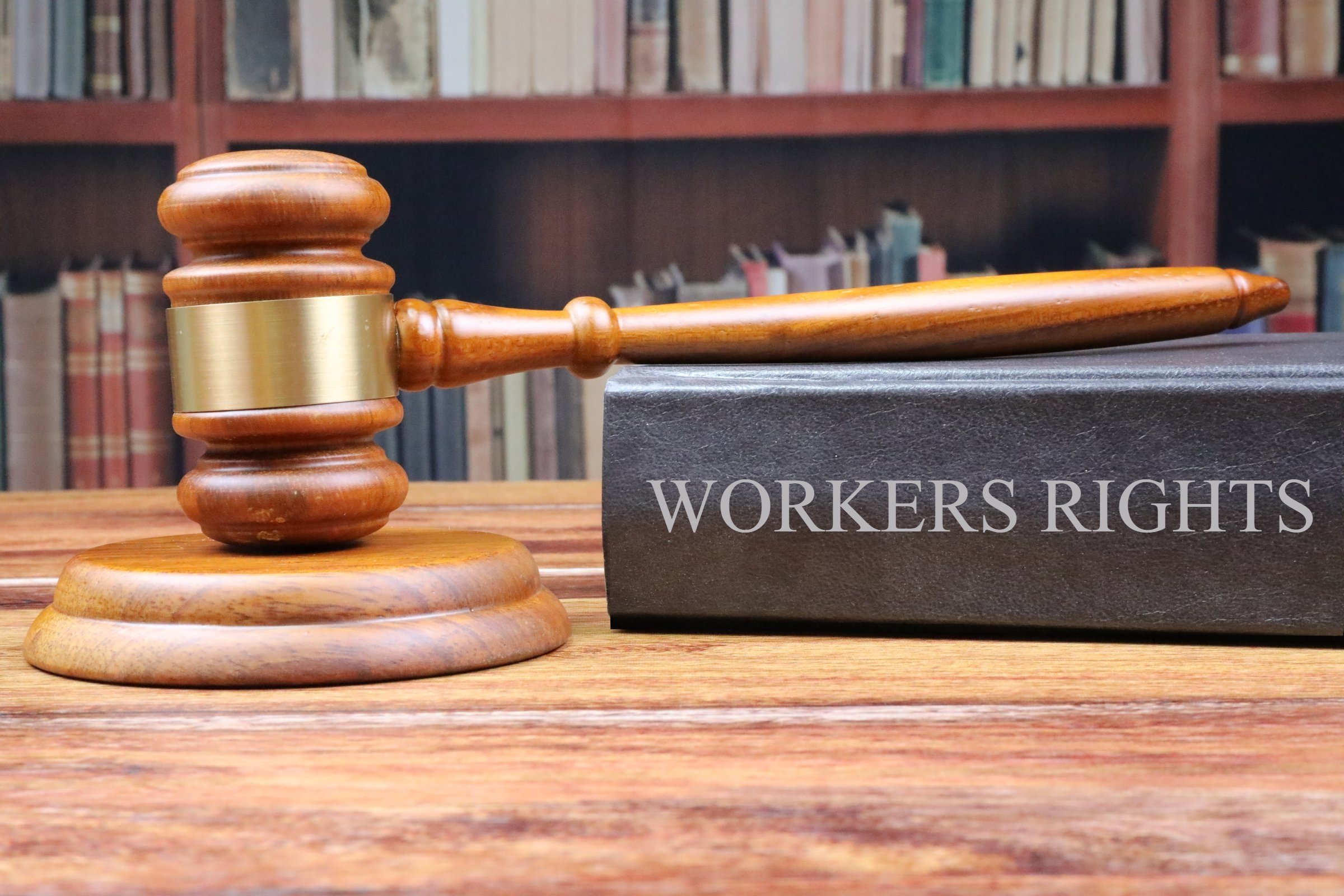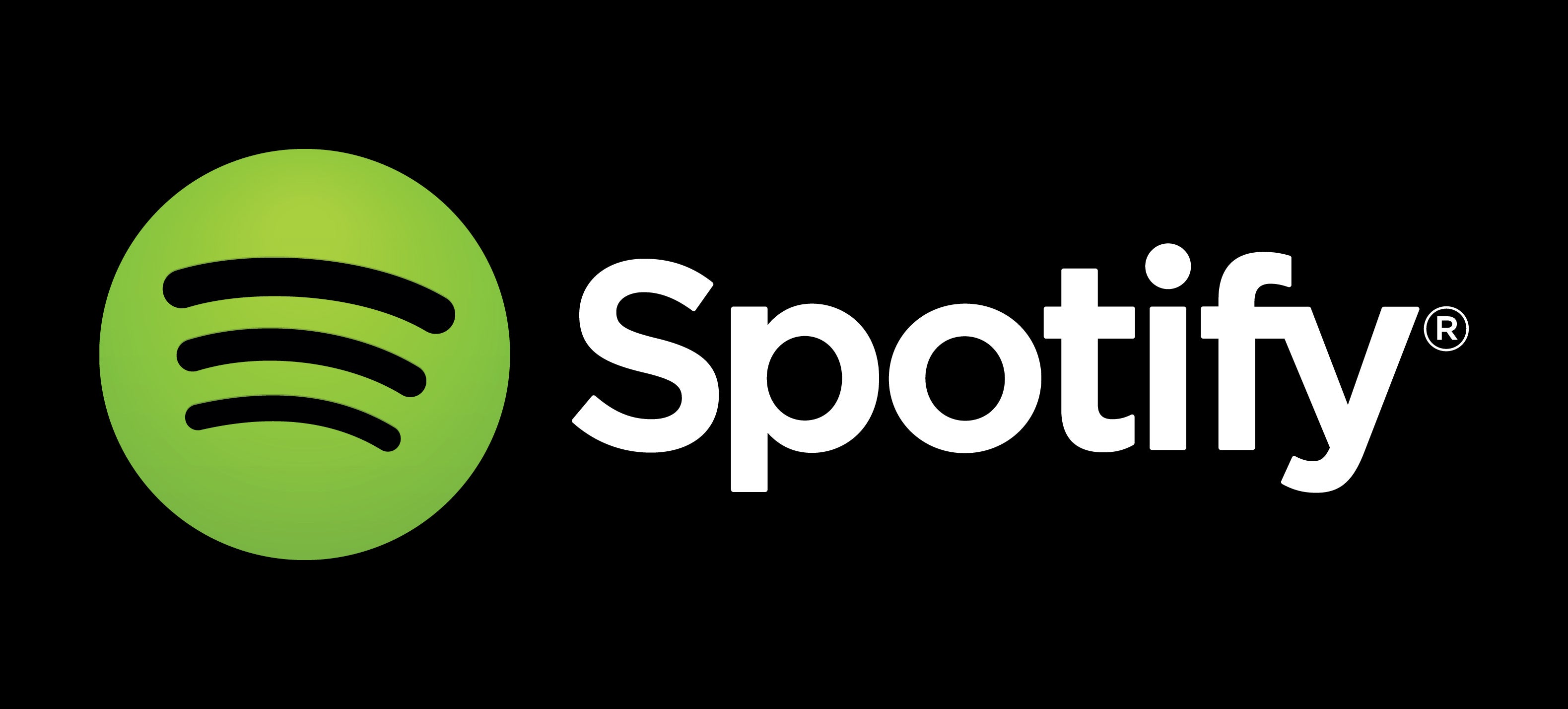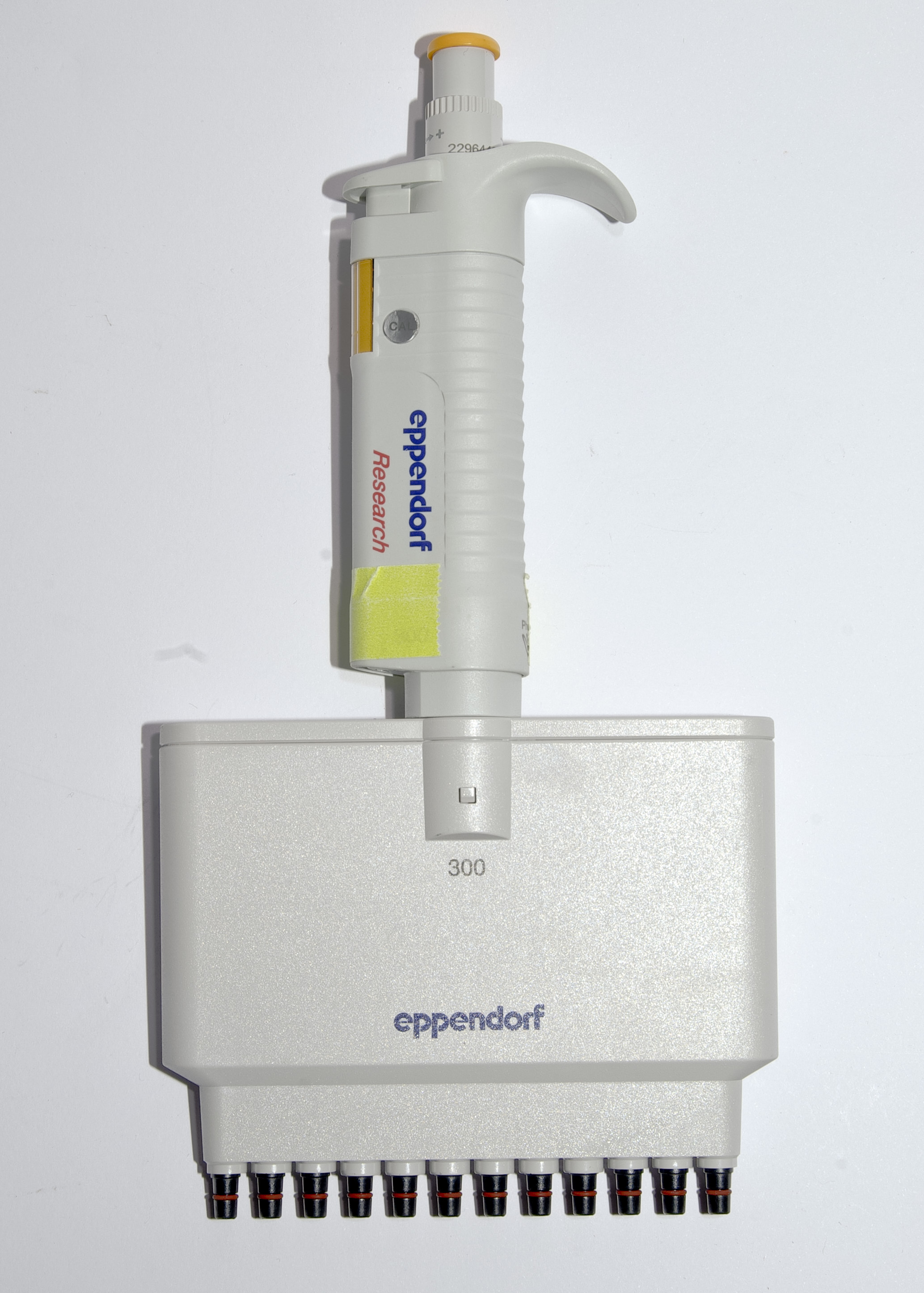
Digital Music Distribution for Film Soundtracks and Scores
The art of film music composition has evolved significantly in recent years, with an increasing number of soundtracks and scores now being distributed digitally. This method of digital music distribution has opened up new avenues for filmmakers and film composers to reach and engage with their audience in exciting ways. In this article, we will explore the different advantages that digital music distribution provides for film soundtracks and scores.
1. Leveraging Digital Platforms for Music Distribution
The music industry has undergone a major shift in recent years with digital technology playing a major role in the worldwide music distribution. While the traditional means of selling physical copies of records or CDs are still prevalent, there are now more options at the disposal of musicians eager to get their music out to listeners around the world. With online music sharing platforms, such as Bandcamp or SoundCloud, artists can quickly share their work with larger audiences.
Digital platforms enable artists to create and build a fanbase online. With the right combination of platforms, musicians can increase their chances of getting their music out to the right people. Social media can also be used as a powerful tool for connecting with fans across the world. Musicians can share their music and use social media to give their fans the most up-to-date news about new tracks, upcoming projects, and other updates.

2. Prioritizing Rights Management for Music Distribution
Establishing Music Distribution Rights Priorities
Rights management is a critical aspect of any successful music distribution plan. Three of the chief rights to consider are reproduction, performance, and distribution of music. After determining the individual rights, the next step is to prioritize them according to the needs of a particular music distribution strategy.
For example, the reproduction right is essential to digital music downloads, music streaming, and ringtones. With performance rights, a music publisher is required to seek permission from use music in public settings, including radio, stage productions, and online video or audio clips. It’s also important to negotiate digital performance rights distribution if a song will be used by digital streaming services. Lastly, distribution rights involve granting permission for physical recordings such as CDs and vinyl to be manufactured and marketed.
Other rights considerations can also include mechanical rights (permission to reproduce compositions of music in tangible forms) as well as synchronization rights (supporting the use of music on TV and in film). Knowing the specific music distribution needs can help artists and rights holders prioritize the various rights when hunting for licensing deal opportunities.
3. Identifying Opportunities for Maximizing Music Revenues
For musicians, staying ahead of the competition often means identifying and maximizing opportunities to earn revenue. Here are several strategies and ideas that can be used to maximize music revenue and take your career to the next level.
- Collaborate on projects. Working with fellow musicians and professionals in the industry can broaden your network and introduce you to an entirely new fanbase. Plus, collaboration with other creatives can boost your creativity and recharge your passion for making music.
- Pitch to manufacturers. By licensing your music to television shows, advertisements, film soundtracks, and more, you can earn money on royalties and performance royalties. This strategy requires a bit of hustle, but the rewards are worth it.
To further increase music revenue, consider digital downloads, streaming services, subscription-based services, and live shows. All of these strategies have the potential to help you reach a wider audience and ultimately increase your overall income.

4. Crafting an Effective Multichannel Distribution Strategy
Creating and implementing an effective multichannel distribution strategy is essential to success in today’s digital-driven market. Having an in-depth knowledge of the various distribution channels available, and how to make the most of them in order to reach the right people with the right message is key.
Here are some tips for :
- Understand your target audience and the that drives them towards different channels.
- Be mindful of the various features of the different platforms, and how audience behavior differs across them.
- Develop an effective content strategy that works across all distribution channels.
- Determine where your audience is most likely to engage with your content and prioritize those channels.
- Test and measure the effectiveness of each platform by tracking metrics such as reach, engagement, and conversions.
- Be consistent with your message across platforms, but tailor it to fit each channel.
- Continuously refine and optimize your multichannel distribution strategy.
In Summary
Thanks for reading our article on digital music distribution for film soundtracks and scores! We hope that with the information we’ve provided, you’ll now have a better understanding of the technology behind the process and the potential benefits of using it. So what are you waiting for? Let’s all move towards the digital frontier and make soundtracks and scores available to all that want them!

